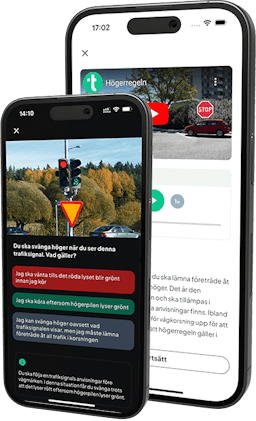Your driving style has a direct impact on your fuel consumption. If you adopt an eco-friendly way of driving, you can save money and reduce your impact on the environment. Studies have also shown that eco-friendly drivers are involved in fewer accidents due to their better foresight and steadier style of driving.
How to Drive in an Eco-Friendly Way
Plan your driving
Plan out your driving so that you won’t need to accelerate forcefully or make any unnecessary stops. Try to always keep your speed as steady as possible.
Drive in a higher gear
Shift to a higher gear as soon as you can and drive at as high a gear as possible. With many new petrol-driven cars, you can shift into fifth gear from around 50–60km/h.
When accelerating, it is important that you shift to a higher gear before the engine reaches 2,500 revolutions per minute. At higher revolutions per minute, there is a risk that your catalytic converter will be unable to purify the exhaust fumes.

Engine Brake
Planning your driving will help you anticipate when you need to brake, allowing you to use the engine brake instead of the foot brake. Use the engine brake as often as possible.
How to engine brake
- Release the accelerator completely.
- When the engine speed drops to around 1,300 rpm, shift to a lower gear.
- Repeat this gear reduction.
Do not drive at idle speed
The engine releases unnecessary emissions when running at idle speed. Moreover, if the engine is cold, the catalytic convertor will not work and the emissions will be considerably more harmful to the environment. If you are going to scrape ice off your windows in winter, for example, you should do so before starting the engine!

In most municipalities, it is illegal to drive at idle speed for more than a minute unless doing so is necessary due to traffic conditions.


